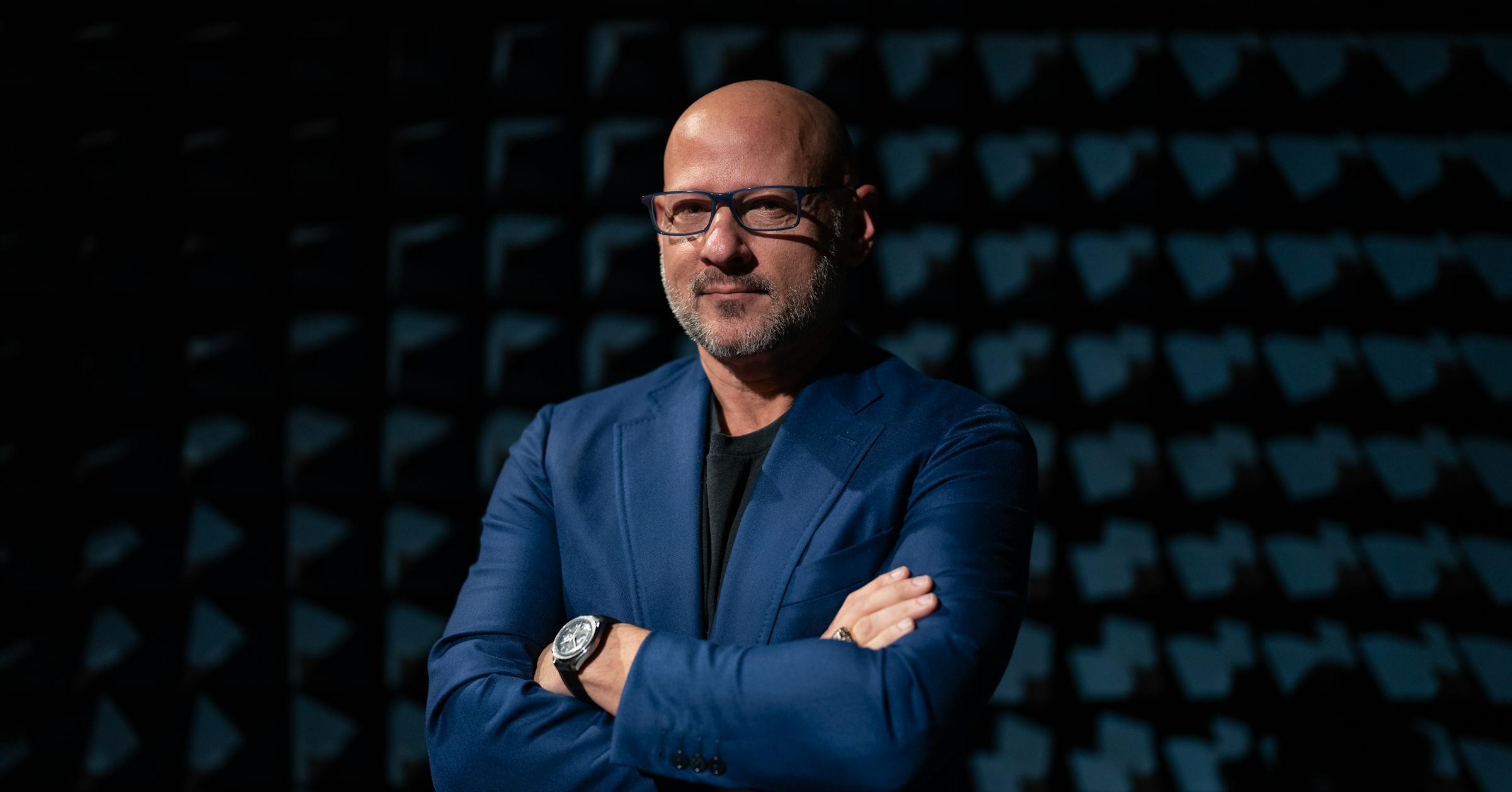Ross Graham loves loud bands like Nine Inch Nails, and in his younger days he used to frequent ear-numbing concerts and crank up the volume on his headphones. He thinks it was a 2013 concert by the Reverend Peyton’s Big Damn Band in Indianapolis that probably wrecked his hearing.
“I left and thought, ‘Wow, my hearing is not going to be the same,” Graham said. To fix the ringing in his ears, Graham, 52, has dished out roughly $7,490 for Starkey hearing aids through his audiologist. The hearing aids come with annual checkups and adjustments, free replacement parts and hearing tests.
His Apple AirPods 2, which he uses as hearing aids on rainy days, cost $249.
Launched in September, the Silicon Valley tech giant’s hearing aid technology is disrupting a hearing-aid market that has long endured the gaze of officials critical of high prices. The Food and Drug Administration recently authorized Apple’s “Hearing Aid Feature” as the first over-the-counter hearing aid software device.
The chief executive of Minnesota-based Starkey, the United States’ largest hearing aid manufacturer, said Apple’s technology is no cause for worry.
“I like competition because that makes you better and the patient wins,” CEO Brandon Sawalich said. “You push for better technology.”
Sawalich and AirPod users say that Apple’s technology increases awareness for hearing health and peels back the stigma of wearing hearing aids. In the United States, researchers have estimated that 1 in 5 people has hearing loss in at least one ear. But Sawalich said the technology doesn’t compare to Starkey’s hearing aids, which can translate languages and prevent falls; a pair of $6,000 hearing aids are a health care product, not a commodity.
“If I need a knee replacement, I’m not going to go ask, ‘Who makes that knee? Can I get it cheaper?’” Sawalich, who wears hearing aids, said. “I want to know I’m going to do the best because I have to hear every day for my job.”

